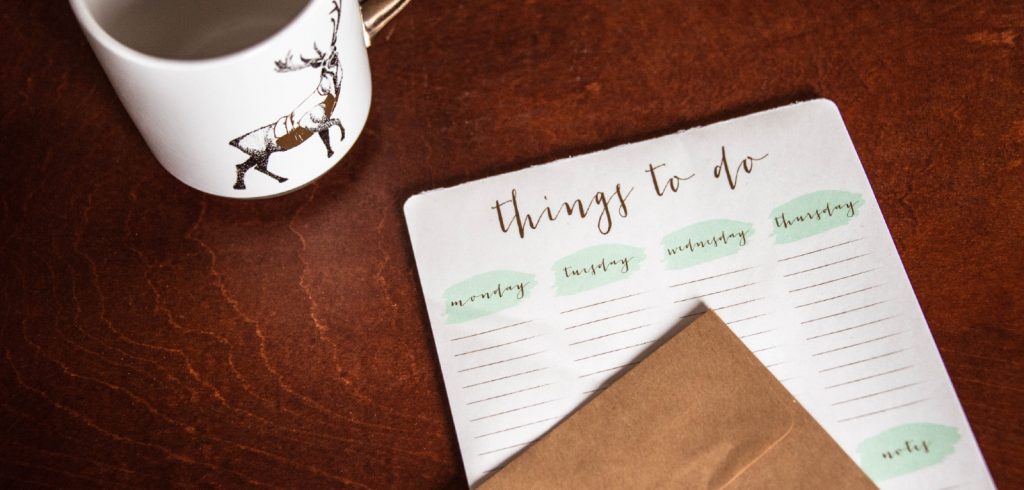Working from home, the local café, or anywhere else I choose to bring my laptop has proven a liberating experience.
No more set workplace office hours. No more punching a timeclock. No more asking a boss for time off. I work when and where I choose.
And therein arises one of the biggest challenges for the self-employed writer:
How do you maintain high productivity without distraction, yet “turn off” work mode to give your full attention to family, friends and other activities when your work can follow you everywhere you go?
I recently rediscovered the simple answer to restoring life balance and discovering how to increase your productivity in the same system I used in my former corporate IT career.
Revealed by David Allen in his book, Getting Things Done: The Art of Stress-Free Productivity, you may have heard it called by its moniker GTD®.
I encourage you to read the book, but the entire process can be applied in five basic steps.
1. The Brain Synapse Catch-and-Release Game
Your brain has a message for you. About 421 of them, actually. And it’ll usually wait until exactly the wrong time to share them with you.
Lying down to sleep? You’ll suddenly remember that report due tomorrow. Driving to basketball practice? The load of laundry left in the washer calls from the dark recesses of your brain. Finally knuckling down to write? Oh no, you forgot the birthday gift for Aunt Sally.
You can chase every stray task that enters your mind until you’re run ragged. Or you can do a complete “brain dump” by taking note of absolutely everything you can think of — work or otherwise — that you need to do.
Amateurs make a monster To-Do list and call it a day. But you’re not stopping here. You’re on your way to increasing your productivity, not slacking off.
2. Why You Should Sweat the Small Stuff to Increase Productivity
Most To-Do lists fail because they’re filled with full-blown projects, not specific tasks. The same items sit there daring you to act for days… weeks… months.
Not to mention the simple tasks you already accomplished and add just so you can scratch something off. (C’mon, don’t tell me I’m the only one who does this!)
You’re going to tame your To-Do list from Step 1 by moving stuff around:
- Toss anything that’s not actionable, unless you need to store it for later reference.
- If actionable, decide the next action required. Delegate that if you can.
- Anything left should be added to your real lists (see Step 3) — unless you can do it in two minutes or less. Then just do it right now and get it out of your life for good.
3. Make Someone Else do the Heavy Lifting
You don’t want to make business calls while you’re “present” at a family gathering, right?
So create multiple lists based on the context surrounding each action. Calls, emails, research tasks, chores, and so on all belong on their own lists.
Sound like a lot of lists to manage?
Not if you use one of the many free or low-cost tools that let you easily manage all of them without feeling like a one-person juggling act.
More than a dozen apps recommended for use with the GTD® methodology are listed at
https://gettingthingsdone.com/common-tools-software/.
4. Set Your Spin Cycle to ON
Unless your brain is convinced you’ll remember all those To-Dos, it’ll keep on reminding you of them at inopportune moments.
Which is why you’ll “go pro” on increasing your productivity with a weekly review of your task lists and upcoming projects. Think of it as a spin cycle where you circle back regularly.
This is when you’ll go through Steps 1-3 again, adding new tasks, tossing ones no longer needed, and making sure your daily task lists by context are ready to go for the coming week.
5. Go. Do. Win.
Not sure what to do next? Grab one of your current lists and go!
The rest of the time? Rest easy knowing you’re in total control and you know how to easily increase your productivity.
You may also want to check out how to use an unschedule to help keep your productivity on track.
Now go get ‘em, Productivity Warrior!






